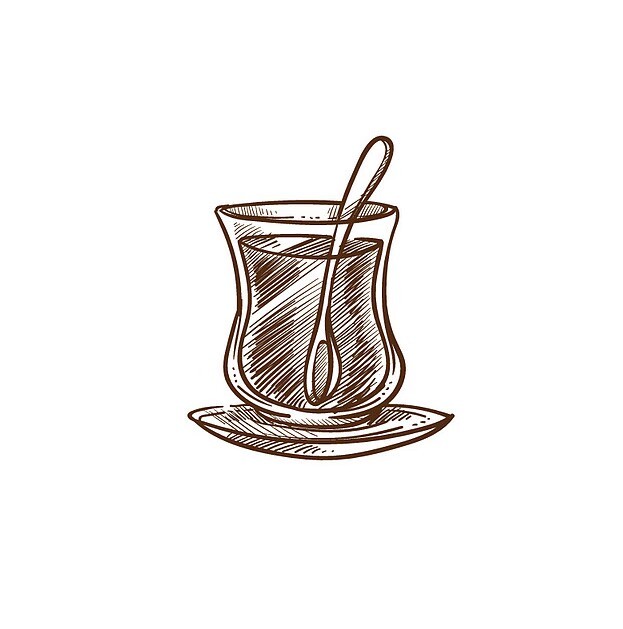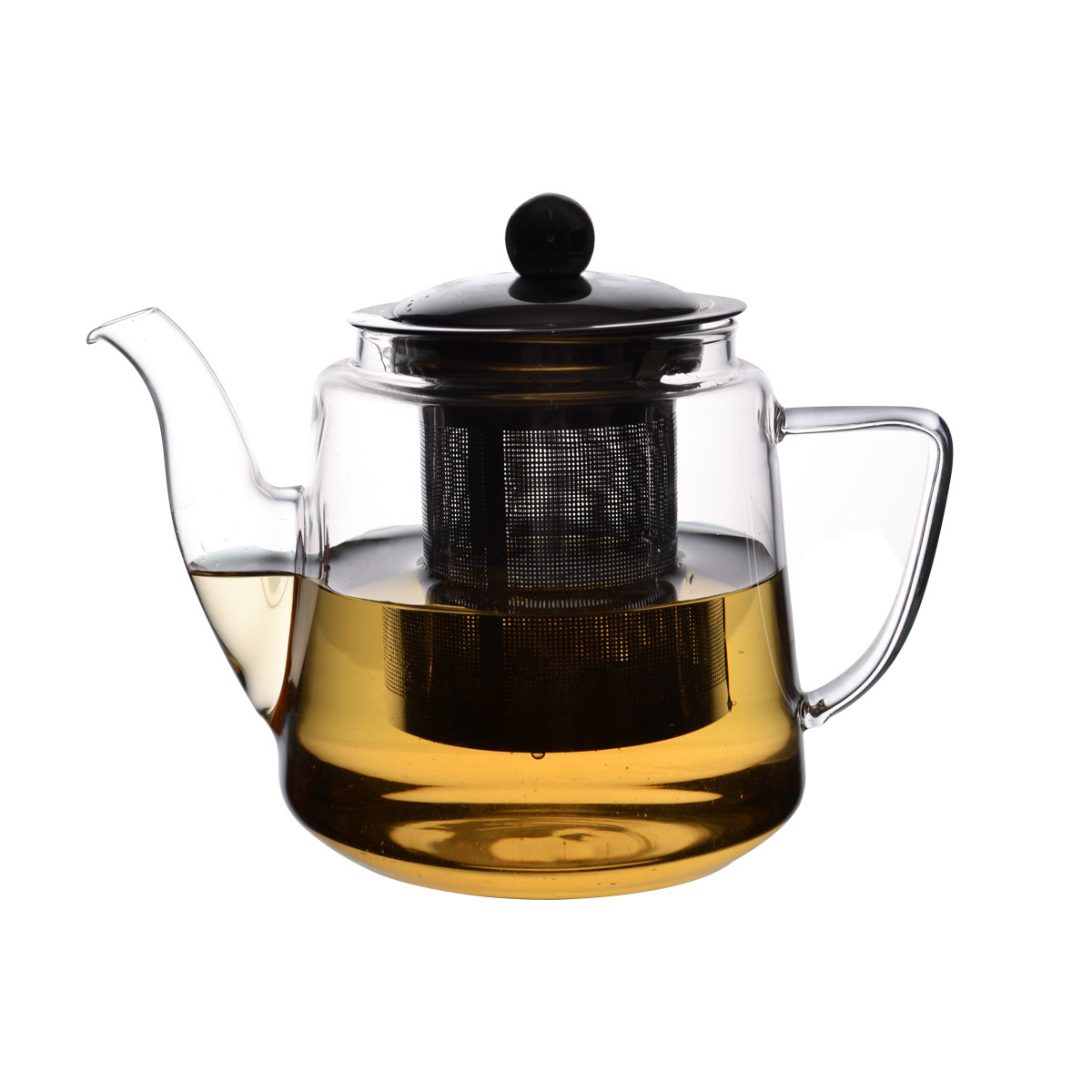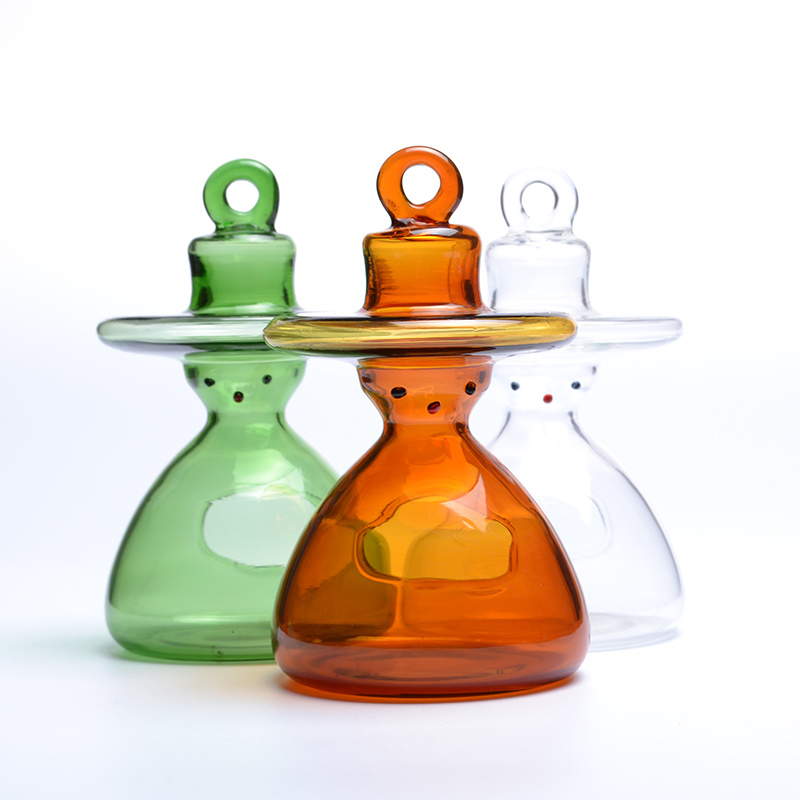The borosilicate glass teapot can be heated on a stove.
Borosilicate glass teapots are a popular choice for tea lovers because of their durability and heat-resistant properties. Unlike regular glass teapots, borosilicate glass can withstand high temperatures without cracking or shattering. This means that you can safely heat your teapot on a stove to prepare your favorite tea.
To heat a borosilicate glass teapot on a stove, simply fill it with water and place it on a heat source such as a gas or electric stove. It is important to heat the teapot slowly and evenly to avoid thermal shock, which can cause the glass to break. You can use a low to medium heat setting and monitor the teapot closely while it heats up.
Once the water in the teapot reaches the desired temperature, you can brew your tea directly in the teapot or use it to pour hot water over tea leaves in a separate vessel. After use, allow the teapot to cool down before cleaning it to prevent any damage.
Overall, a borosilicate glass teapot is a versatile and practical choice for tea enthusiasts who enjoy brewing tea on a stove. Just remember to handle it with care and it will provide you with many delicious cups of tea for years to come.
To wash a 2 in 1 glass oil vinegar bottle, start by removing any remaining oil and vinegar from the bottle. You can do this by pouring out the contents into a sink or garbage disposal. Then, fill the bottle halfway with warm water and a few drops of dish soap.
Next, use a bottle brush or a sponge to scrub the inside of the bottle, paying extra attention to any hard-to-reach spots. Rinse the bottle thoroughly with warm water to remove all soap residue.
If the bottle has a stopper or lid, make sure to wash those separately with warm soapy water and rinse well. You can also use a small brush or toothpick to clean any crevices in the stopper.
Once everything is clean, allow the bottle and stopper to air dry completely before refilling with oil and vinegar. It's also a good idea to wash the bottle regularly to prevent any buildup of residue or mold.
How to choose a double wall glass cup for espresso?
Double wall glass cups are a popular choice for enjoying espresso as they help to maintain the temperature of the drink while also preventing condensation from forming on the outside of the cup. When choosing a double wall glass cup for espresso, there are a few key factors to consider to ensure you select the best option for your needs.
1. Size: When choosing a double wall glass cup for espresso, consider the size of the cup. Espresso shots are typically served in small quantities, so you may want to choose a smaller cup that can hold around 2-3 ounces of liquid. This will help to keep your espresso from cooling too quickly and ensure you can enjoy it while it's still hot.
2. Material: Double wall glass cups are typically made from borosilicate glass, which is known for its durability and heat resistance. Ensure that the cup you choose is made from high-quality borosilicate glass to prevent it from cracking or shattering when exposed to high temperatures.
3. Design: Double wall glass cups come in a variety of designs, from simple and sleek to more decorative options. Consider the design of the cup and choose one that appeals to your personal style and preferences. Some cups may have a handle for easier holding, while others may be handle-less for a more modern look.
4. Insulation: One of the main benefits of double wall glass cups is their ability to insulate the contents and keep them at the desired temperature for longer. Look for a cup with a double wall construction that provides effective insulation to keep your espresso hot without burning your hands.
5. Price: Double wall glass cups can vary in price depending on the brand, design, and quality of materials used. Set a budget for how much you're willing to spend on a cup and choose one that offers good value for the price.
6. Reviews: Before making a purchase, it's a good idea to read reviews from other customers who have bought the same cup. This can give you insight into the cup's performance, durability, and overall quality, helping you make an informed decision.
In conclusion, when choosing a double wall glass cup for espresso, consider factors such as size, material, design, insulation, price, and reviews to ensure you select the best option for enjoying your favorite espresso drink. By taking these factors into account, you can find a high-quality cup that will enhance your espresso-drinking experience.

Whether it is a glass cup or a high borosilicate glass cup, they have high hardness but low strength, which means they are not resistant to impact and are fragile. Therefore, it is best to handle them gently to prevent collisions.
Every time it is used, it should be cleaned immediately. Not only should the cup body be cleaned, but also any areas such as the lid and bottom that may contain dirt and grime should be cleaned.
Especially tea stains, they must be cleaned in a timely manner. Tea stains contain harmful heavy metals such as cadmium, lead, iron, arsenic, and mercury. If they enter the body, they will combine with nutrients such as protein, fat, and vitamins in food, generating insoluble substances that hinder nutrient absorption.
For stubborn tea stains, they can be easily removed by soaking them in vinegar or bleach.
After washing, it is best to fold it upside down on the shelf, drain the water, and put it in the storage cabinet.
We all know the physical phenomenon of thermal expansion and contraction, and glass belongs to a class of hard and brittle materials. Therefore, when glass undergoes uneven expansion, it is easy to explode. At this point, the linear expansion coefficient of glass is different, and the effect of use is completely different.
For household glass cups, my favorite is this one
Smooth curve, slender cup body, holding in the palm of the hand, especially comfortable and smooth
Thickened center stabilizing cup bottom, resistant to bumps and not prone to overturning
Original imported lead-free heat-resistant glass, can be used for multiple purposes, including dessert glasses, cocktail glasses, beer glasses, and tea cups




















